Wales
Caerphilly Castle
As the Normans began expanding their territory to Wales, the Marcher Lords built castles to help them consolidate and control their region. During the Second Barons' War, Llywelyn ap Gruffudd allied himself with the barons to force Henry III to recognise him as the Prince of Wales. In exchange for his support, the barons promised Llywelyn that he will have authority over Glamorgan.
Gilbert de Clare, the lord of Glamorgan, thus allied himself with Henry III to crush the revolt. As the barons were defeated, de Clare built Caerphilly Castle to control Glamorgan from the threat of Llywelyn. Despite interruptions from Llywelyn's attacks, de Clare managed to finish the castle.
Sebastian Pratama
8 chapters
1 Oct 2023
Caerphilly
June 10, 2023
Caerphilly Castle
As the Normans began expanding their territory to Wales, the Marcher Lords built castles to help them consolidate and control their region. During the Second Barons' War, Llywelyn ap Gruffudd allied himself with the barons to force Henry III to recognise him as the Prince of Wales. In exchange for his support, the barons promised Llywelyn that he will have authority over Glamorgan.
Gilbert de Clare, the lord of Glamorgan, thus allied himself with Henry III to crush the revolt. As the barons were defeated, de Clare built Caerphilly Castle to control Glamorgan from the threat of Llywelyn. Despite interruptions from Llywelyn's attacks, de Clare managed to finish the castle.
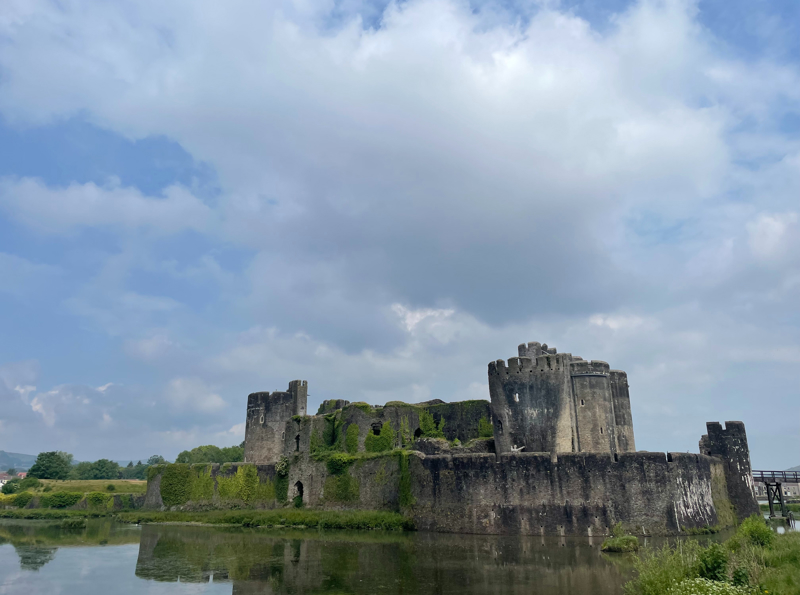
The castle is the largest castle in Wales and the second-largest in Britain. It is notable for its large gatehouses and concentric design. The castle was also designed with an artificial lake, considered to be the most elaborate water defences in Britain. This elaborate design shows the strategic importance of Caerphilly in maintaining control over Glamorgan. The concentric design would eventually inspire the castles of Edward I in North Wales, and thus Caerphilly represents a turning point in the history of British castles.
Caerphilly Castle withstood further Welsh revolts led by Madog ap Llywelyn and Llywelyn Bren before it eventually fell to the hand of Edward II's lover, Hugh Despenser. Despenser used his influence with the king to further expand the Great Hall of the castle. However, he was despised, and his influence on Edward II made the king very unpopular. This caused Edward's wife, Isabella of France to find a new and powerful lover, Roger de Mortimer, and overthrew Edward II. Edward fled to Caerphilly, but the castle eventually capitulated. The king was imprisoned and his lover executed.
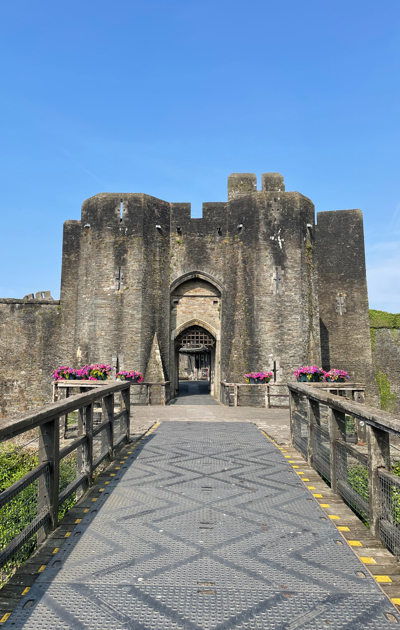
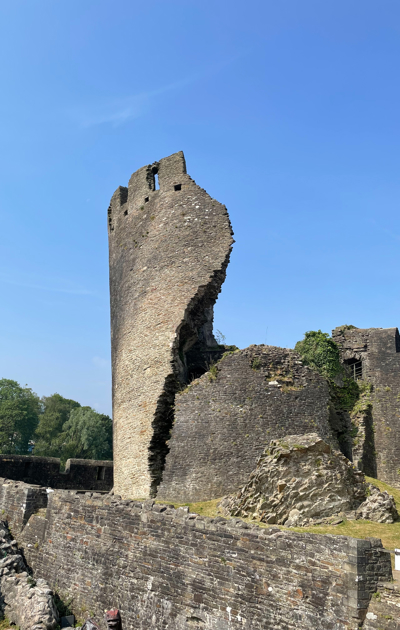


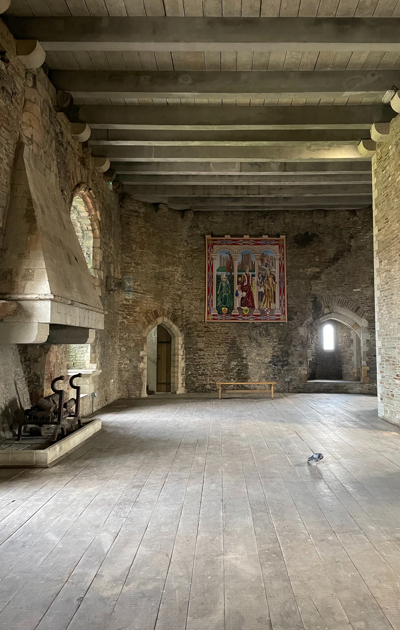
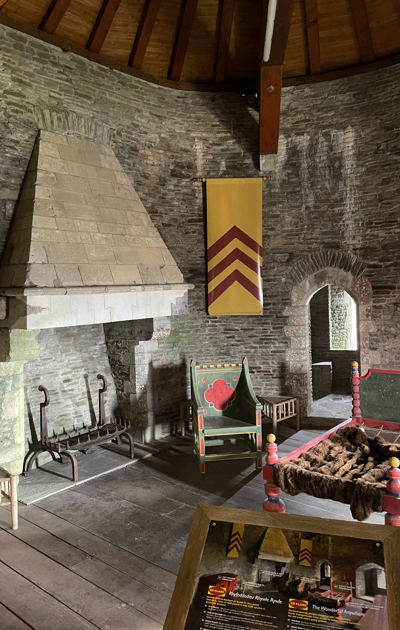
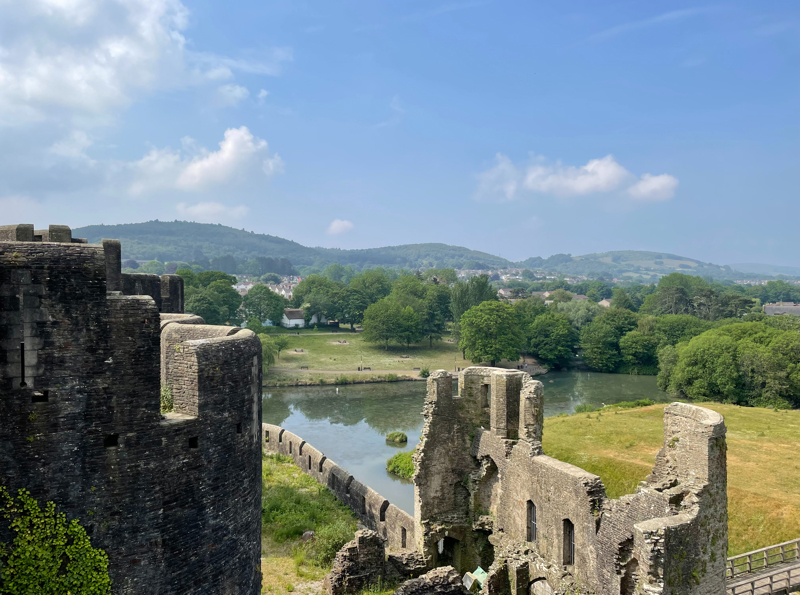
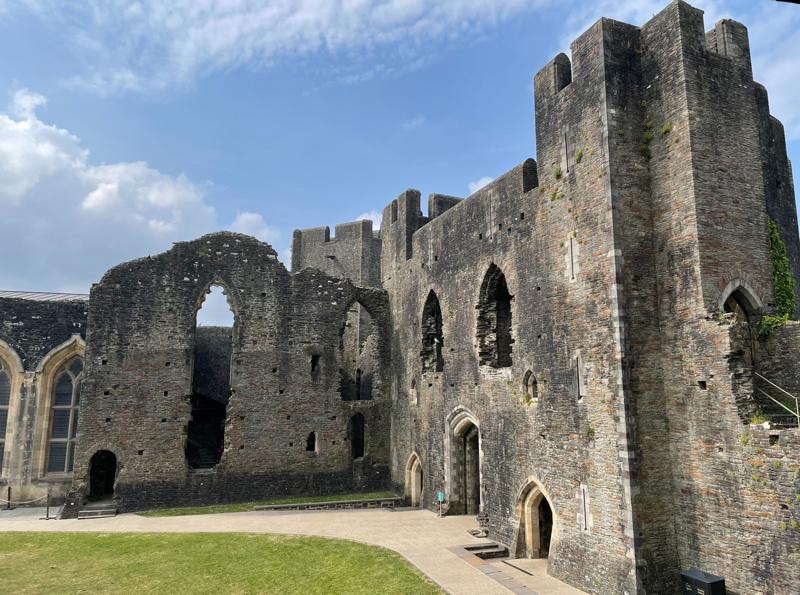

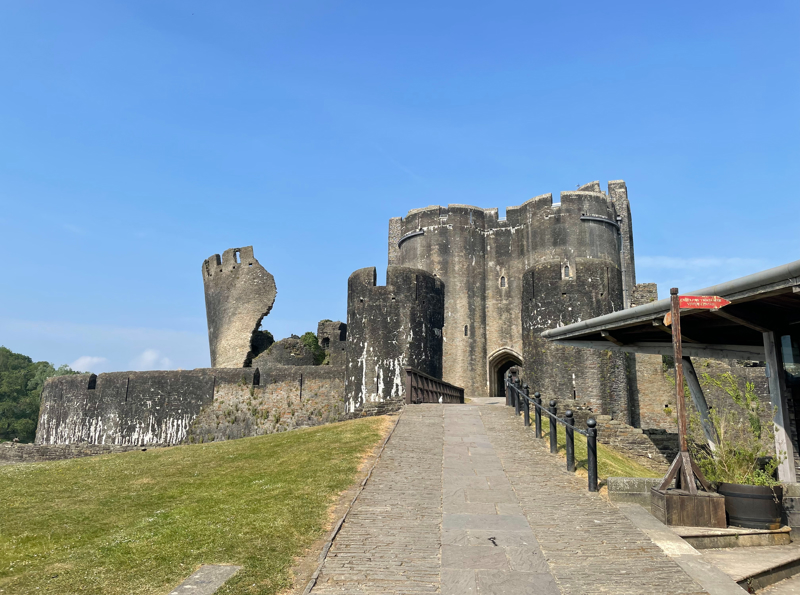
While Caerphilly Castle used to stand as the largest castle in Wales, it is now a shell of its former glory. The damage to the castle happened during the English Civil War. South Wales was predominantly Royalist, and it was probable that the castle was deliberately slighted by the Parliament to prevent further usage as a stronghold. This slighting is thought to have caused the leaning of the South East Tower. The tower ruin leans at a leaner angle than that of the Tower of Pisa, which is now a unique feature of Caerphilly Castle.
As the castle laid in ruin, further damages were done when the locals took the stones from the ruins to build houses. It was not until the castle fell into the ownership of the Marquesses of Bute that restoration works were undergone. The 4th Marquess of Bute extensively restored the whole compound and save the castle from total ruins. To commemorate his effort, a statue of the Marquess holding the Leaning Tower was built in the castle. It is truly an appropriate tribute to the man who saved Caerphilly Castle from ruin.
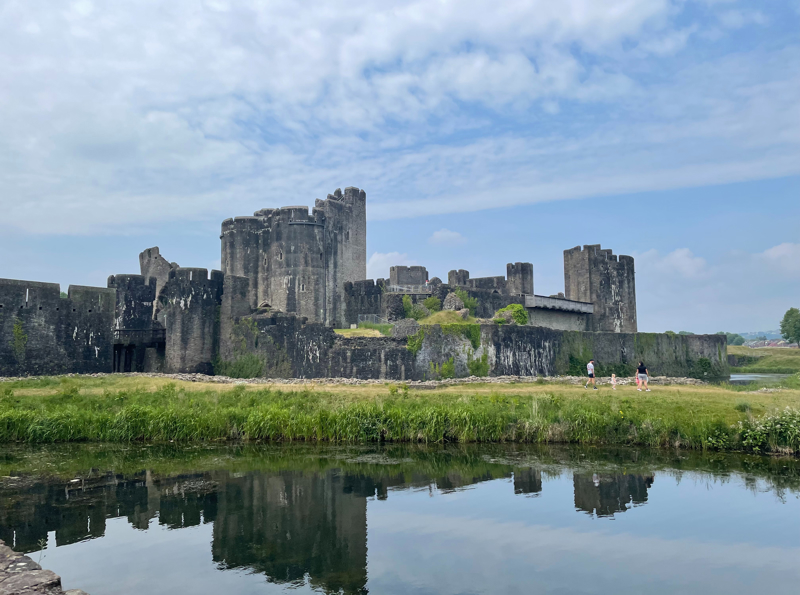
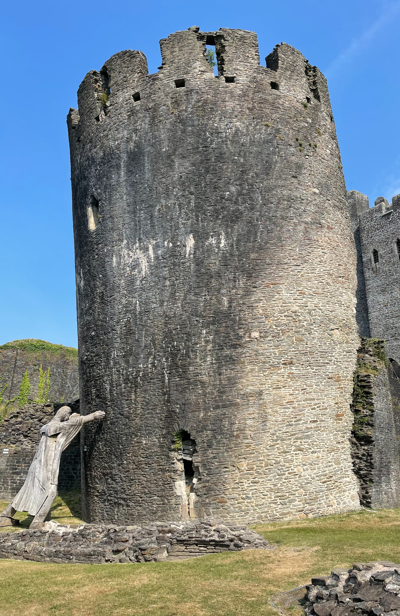
Share your travel adventures like this!
Create your own travel blog in one step
Share with friends and family to follow your journey
Easy set up, no technical knowledge needed and unlimited storage!